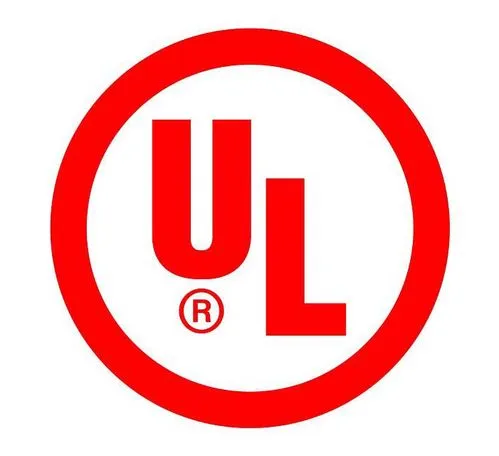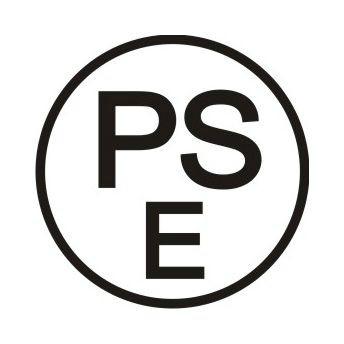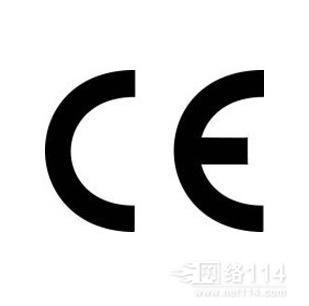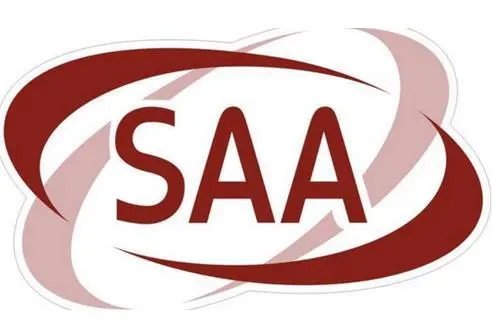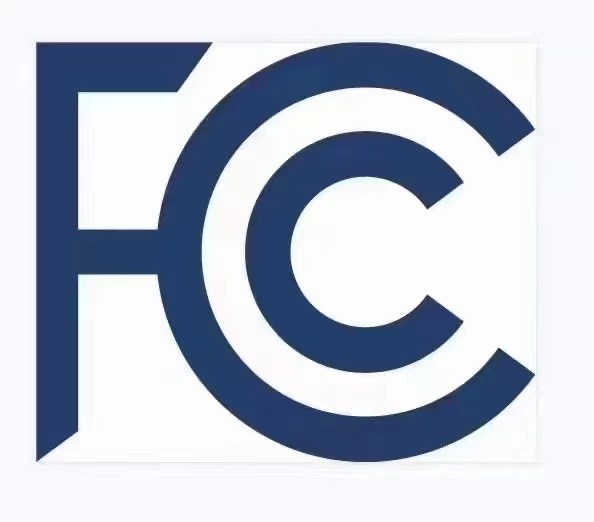Service
contact us
Service Hotline:
0574-27880858
Ningbo KPL Technology Co., Ltd.
Mr.Chen :18668299419
Mr.Huang :13056889909
Mr.Wang :15067891153
Miss Geng :15088816300
Miss Hu : 15906559403
Advice or complaint:0574-27880028
USA:+1 615 674 7606
